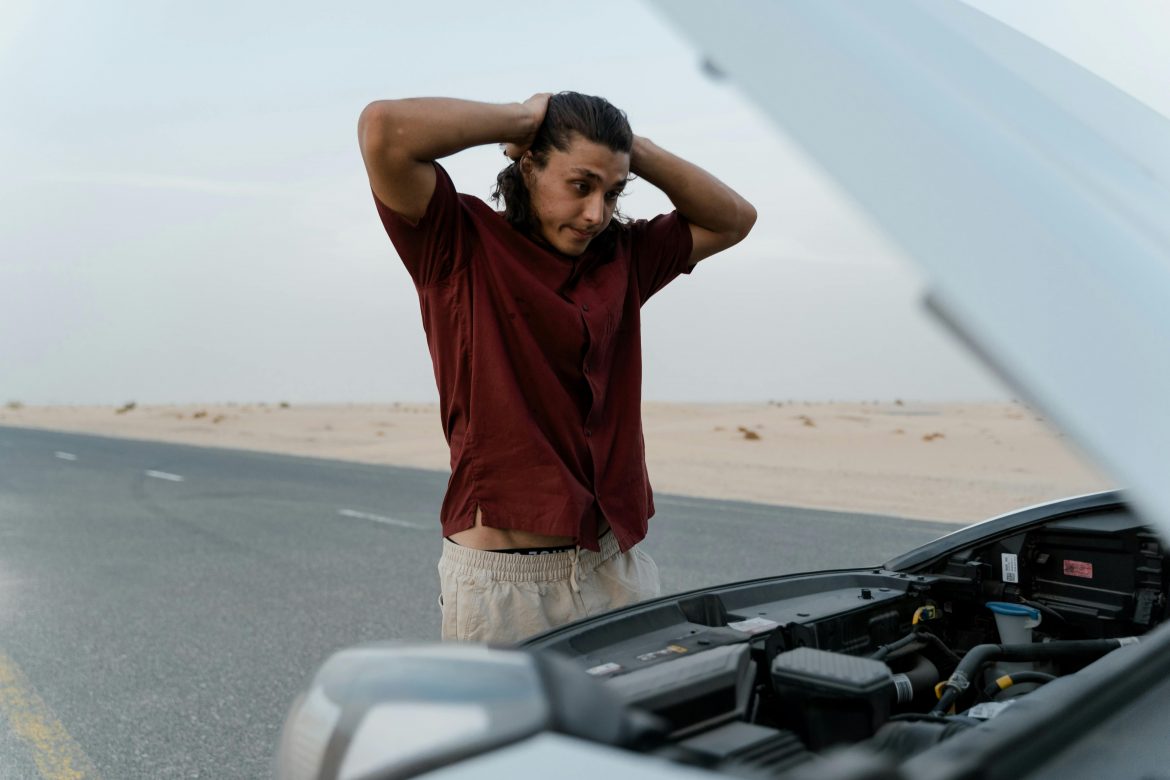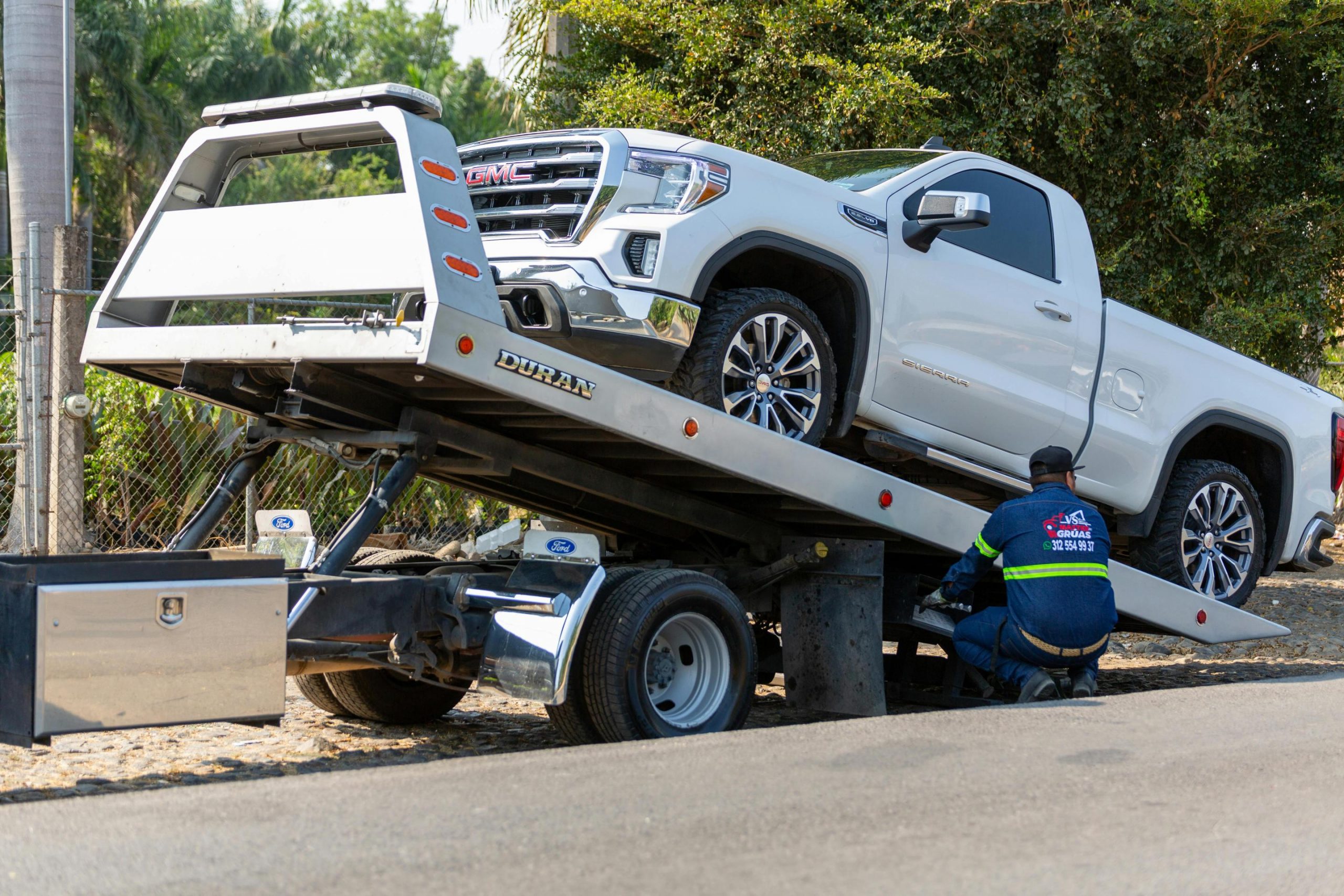How to Handle a Vehicle Breakdown Safely on the Road

Highlights
- Stay calm and assess the situation before taking any action.
- Move your vehicle to a safe location and use hazard lights.
- Communicate your location and issue clearly to roadside assistance or loved ones.
- Keep visible with reflective gear, triangles, or flares when outside the car.
- Know basic troubleshooting steps but avoid complex repairs on busy roads.
- Maintain a well-stocked emergency kit and perform regular vehicle maintenance.
Introduction: Why Safety Matters During a Breakdown
Vehicle breakdowns are one of the most stressful experiences a driver can face. They can occur anywhere—on a quiet country road or a busy highway—leaving you feeling vulnerable and unsure of what to do next. While breakdowns are often unavoidable, the way you handle the situation can make all the difference in ensuring your safety and minimizing damage to your vehicle.
From engine failures and flat tires to dead batteries and fuel problems, mechanical issues can strike at any time. The key is to stay calm, act logically, and prioritize safety. This article provides comprehensive guidance on handling a vehicle breakdown, from immediate steps to preventive measures, ensuring you’re prepared for any situation.
Stay Calm and Assess the Situation
The first step during a breakdown is to remain calm. Panic can lead to poor decisions, which could put you and others at risk.
Immediate Steps
- Pull Over Safely: If possible, move your vehicle to the shoulder, emergency lane, or a parking lot away from traffic.
- Turn On Hazard Lights: This alerts other drivers that your vehicle is stopped and increases visibility.
- Evaluate Your Surroundings: Determine whether it’s safer to stay inside the vehicle or exit carefully.
Safety Priorities
- Keep seat belts fastened while the vehicle is stationary on a busy road.
- Lock the doors to protect yourself from traffic or potential threats.
- Avoid sudden exits into lanes of moving traffic.
By staying calm and assessing the situation, you set the foundation for a safe response and avoid escalating the problem.
Communicate Your Situation Effectively
Once you’re safely stopped, communication becomes crucial. Notifying someone of your location and situation ensures help arrives quickly.
Who to Contact
- Roadside Assistance or Towing Services: If you’re a member of a roadside plan, call immediately.
- Family or Friends: Let someone know your location and expected arrival time.
- Emergency Services: Call 911 if the situation poses a danger or involves an accident.
Tips for Accurate Communication
- Provide GPS coordinates or recognizable landmarks.
- Describe your vehicle (make, model, color) and the nature of the breakdown.
- Mention any potential hazards near your vehicle, such as traffic or weather conditions.
Clear communication allows responders to find you faster and prepare for the specific situation you’re experiencing.
Stay Visible and Safe While Waiting
Visibility is a major concern during roadside emergencies. Vehicles moving at high speeds can pose a serious threat if your car is not easily seen.
Safety Measures
- Reflective Triangles or Flares: Place them 50–100 feet behind your vehicle to alert oncoming traffic.
- Hazard Lights: Keep them on even if it drains the battery slightly; visibility is more important.
- Reflective Clothing: Wear bright or reflective vests if you must exit the vehicle.
Additional Tips
- Keep a safe distance from traffic when outside the car.
- Avoid standing between lanes or near large vehicles that may not see you.
- If stranded at night, use interior lights or flashlights to improve visibility.
Staying visible reduces the risk of collisions and keeps you safer while waiting for assistance.
Basic Troubleshooting for Common Breakdowns
In some cases, minor issues can be addressed safely on the roadside. Knowing a few troubleshooting steps can prevent small problems from becoming larger emergencies.
Flat Tire
- Turn on hazard lights and pull to a safe location.
- Use a spare tire and jack to replace the damaged tire, following the vehicle manual instructions.
- If unsure, call a professional; attempting repairs in unsafe conditions can be risky.
Dead Battery
- Use jumper cables with another vehicle or a portable battery pack.
- Always connect cables in the correct order: positive to positive, negative to negative.
- Avoid touching live terminals and ensure vehicles do not make contact during the jump-start.
Overheating Engine
- Pull over safely and allow the engine to cool for at least 15–30 minutes.
- Check coolant levels before adding water or coolant.
- Never open the radiator cap when the engine is hot; this can cause serious burns.
Fuel Issues
- Verify your fuel gauge and ensure the tank isn’t empty.
- If low, call for fuel delivery rather than walking long distances to a gas station.
Tips for Safe Troubleshooting
- Only attempt repairs you are confident handling.
- Use gloves and protective gear to avoid injury.
- Keep emergency phone numbers readily available.
Being prepared with basic troubleshooting knowledge can help you resolve simple issues safely and quickly.
When to Call Professional Help
Not every breakdown can be handled safely on your own. Recognizing when to call a professional is critical.
Situations Requiring Professionals
- Major engine problems, transmission failures, or electrical issues.
- Vehicle stopped on a busy highway or dangerous location.
- Lack of tools, knowledge, or confidence to fix the issue safely.
Choosing a Reliable Service
- Check reviews and certifications of local towing or roadside services.
- Consider membership in a roadside assistance plan for faster, more predictable help.
- Compare estimated towing costs and availability before selecting a provider.
For local residents, referencing top 10 towing companies can help identify trusted services in your area, but always verify credentials and reviews before calling.
Safety Gear and Emergency Kits
A well-stocked emergency kit can make a breakdown far less stressful and more manageable.
Essential Items to Include
- Reflective triangles or cones, hazard vests, and flashlights.
- Spare tires, jack, tire repair kits, and jumper cables.
- First-aid kit, water, snacks, and blankets.
- Portable chargers or battery packs for phones and small devices.
Maintenance and Organization
- Check batteries in flashlights and power packs regularly.
- Keep the kit accessible, not buried under other items.
- Replace expired first-aid supplies and worn-out equipment annually.
Preparedness reduces stress and ensures that you can manage minor emergencies safely while waiting for help.
Preparing Ahead to Minimize Risk
Preventive maintenance and preparation are the best ways to avoid dangerous breakdowns.
Vehicle Maintenance Tips
- Regular oil changes, tire rotations, and brake inspections.
- Check battery health, coolant levels, and fluid balances routinely.
- Keep fuel topped up, especially on long trips or in remote areas.
Roadside Assistance and Planning
- Join a roadside assistance program for faster service during emergencies.
- Plan travel routes with accessible emergency stops or service stations.
- Keep vehicle manuals and emergency contact numbers in your glove compartment.
Proper preparation ensures that when a breakdown occurs, you’re ready to respond safely and effectively.
Handling Extreme Conditions
Breakdowns can be even more dangerous in severe weather or at night.
Tips for Bad Weather
- Rain or Ice: Stay in the car with hazard lights on; avoid walking near moving vehicles.
- Nighttime: Use interior lights and reflective gear to maximize visibility.
- Hot or Cold Weather: Carry blankets, bottled water, or portable fans/heaters to maintain comfort.
Emergency Survival Tips
- Keep a charged phone and backup power source.
- Avoid walking along highways unless absolutely necessary.
- Signal for help using flashlights, flares, or reflective devices.
Awareness of environmental risks and preparation for extreme conditions ensures your safety in all scenarios.
Conclusion: Staying Safe Starts with Preparation
Vehicle breakdowns are stressful, but with the right knowledge, preparation, and mindset, they don’t have to be dangerous. By staying calm, communicating effectively, maintaining visibility, and knowing basic troubleshooting steps, you can handle most breakdowns safely.
Investing in a roadside assistance plan, maintaining an emergency kit, and performing regular vehicle maintenance reduces the likelihood of serious emergencies. Remember, your safety and the safety of others on the road should always come first.
Being prepared, vigilant, and cautious allows you to navigate breakdowns with confidence and peace of mind.


